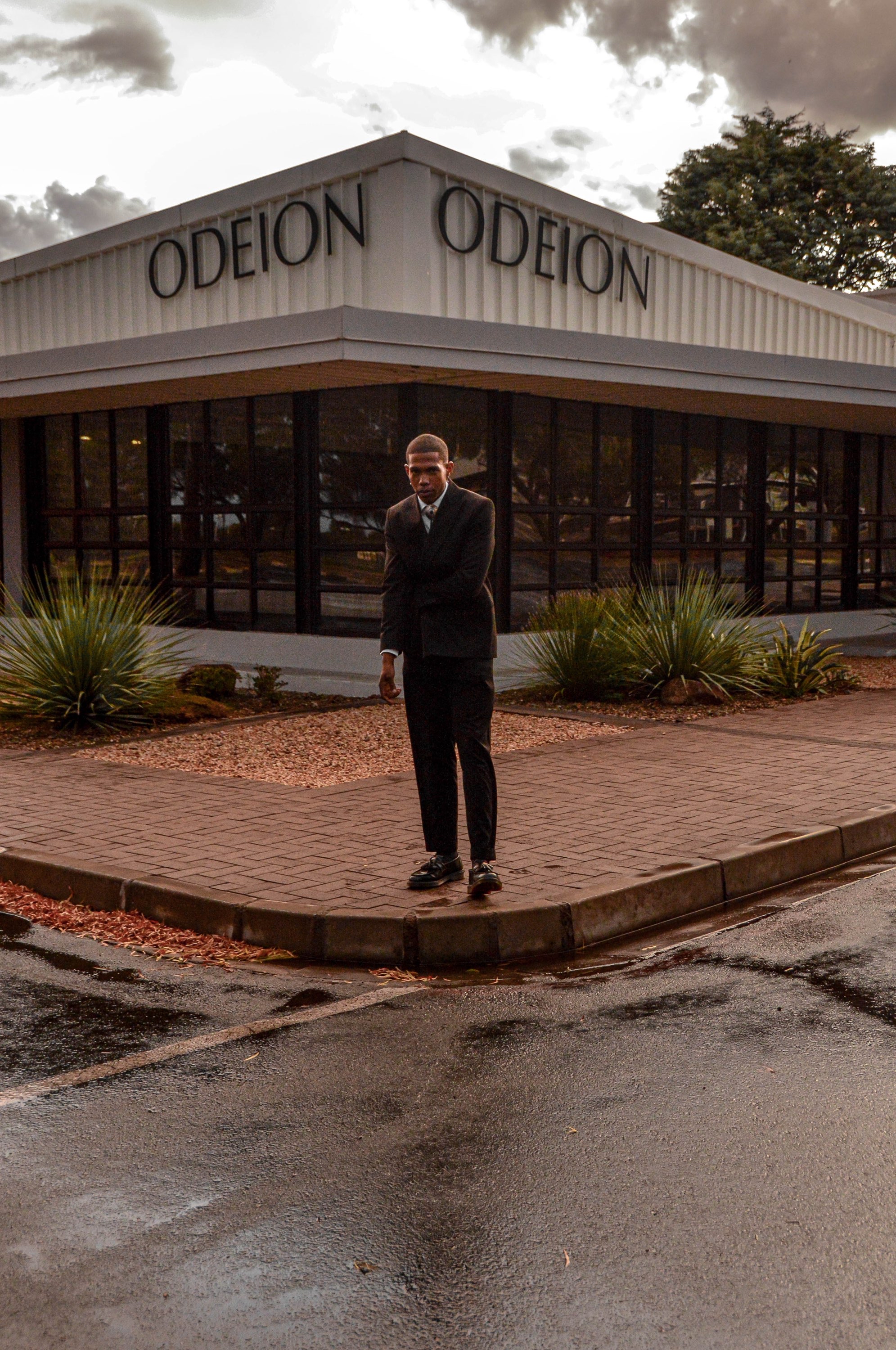Capturing the Energy of Live Concerts: Gear, Settings & Lighting Tips
- Khotso Mokalobe
- Apr 3
- 3 min read
Concert photography is a vibe and all but a challenging field that requires the blend of skill, timing, and technical knowledge. Whether you're shooting your first gig or looking to refine your craft, this guide will help you navigate the complexities of live music photography, from gear selection to lighting techniques.

The Art of Capturing Concert Energy
Concerts are unpredictable and fast-paced, making them one of the most exciting subjects to photograph. Unlike controlled studio environments, concerts are filled with moving subjects, dynamic lighting, and emotional moments.
Anticipate the Peak Moments: Read the artist's body language and predict when they will jump, dance and interact with the crowd.
Capture the Audience Reaction: Sometimes, the best shot isn’t on stage but in the crowd. The audience’s excitement can add depth to your storytelling.
Tell a Visual Story: Focus on the emotions and energy of the performance rather than just snapping random pictures.
Embrace the Chaos: Movement and blur can sometimes add a raw, immersive feel to your images.
Experiment with Angles: Get low for dramatic shots or shoot through raised hands for a more immersive perspective.

Essential Gear for Concert Photography
Your choice of gear can make or break your ability to capture stunning concert shots. Given the fast action and unpredictable lighting, here’s what you need:
A Camera with Excellent Low-Light Performance: Full-frame cameras like the Sony A7III or Canon EOS R6 perform exceptionally well in dim environments.
Fast Lenses (f/1.8 or f/2.8): Prime lenses like a 50mm f/1.8 or a 70-200mm f/2.8 zoom allow for more light intake.
Extra Memory Cards & Batteries: You don’t want to miss key moments because of full storage or drained power.
Creative Capture: Embrace the power of creative capture using cameras like the Insta360. Let the Insta360, GoPro, and DJI Osmo Action do the heavy lifting

Camera Settings for Low-Light Concerts
Unlike outdoor or studio shoots, concerts have ever-changing lighting conditions that require quick adjustments. Here are some essential settings to keep in mind:
ISO (1600-6400): High ISO is necessary for low light, but balance it to avoid excessive noise.
Wide Aperture (f/1.8 - f/2.8): A lower f-stop allows more light into your lens, making your subject stand out.
Autofocus Tracking: Most concerts involve constant movement, so use AI Servo (Canon) or AF-C (Sony/Nikon) for better focus tracking.
Shoot in RAW: RAW files retain more details and give you better control in post-processing.

Mastering Stage Lighting to Your Advantage
Stage lighting is both a gift and a challenge. While it can create cool effects, it can also ruin your shots if not handled correctly.
Use Backlighting for Dramatic Silhouettes: Strong backlights can create moody and powerful images.
Freeze Motion vs. Light Trails: A faster shutter speed freezes action, while a slower one captures light trails for artistic effects.
Adapt to Unpredictable Lighting: Different colored lights can throw off your white balance
Avoid Overexposing Faces: Harsh spotlights can wash out your subject’s face. Underexpose slightly to preserve details.

Bringing It All Together for Stunning Concert Shots
After the shoot, the real work begins—editing and refining your shots to create a cohesive story.
Develop Your Unique Style: Experiment with colors, contrast, and black-and-white edits to find what works best.
Be Quick with Delivery: Concert photos are time-sensitive. The sooner you deliver, the better your chances of getting noticed.
Build Relationships: Networking with artists, event organizers, and fellow photographers can open more opportunities.
Sell Limited Edition Prints: Some fans are willing to pay for high-quality prints of their favorite artists in action.




